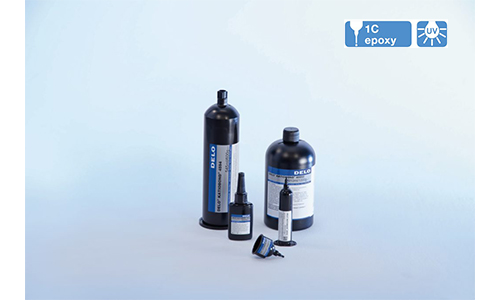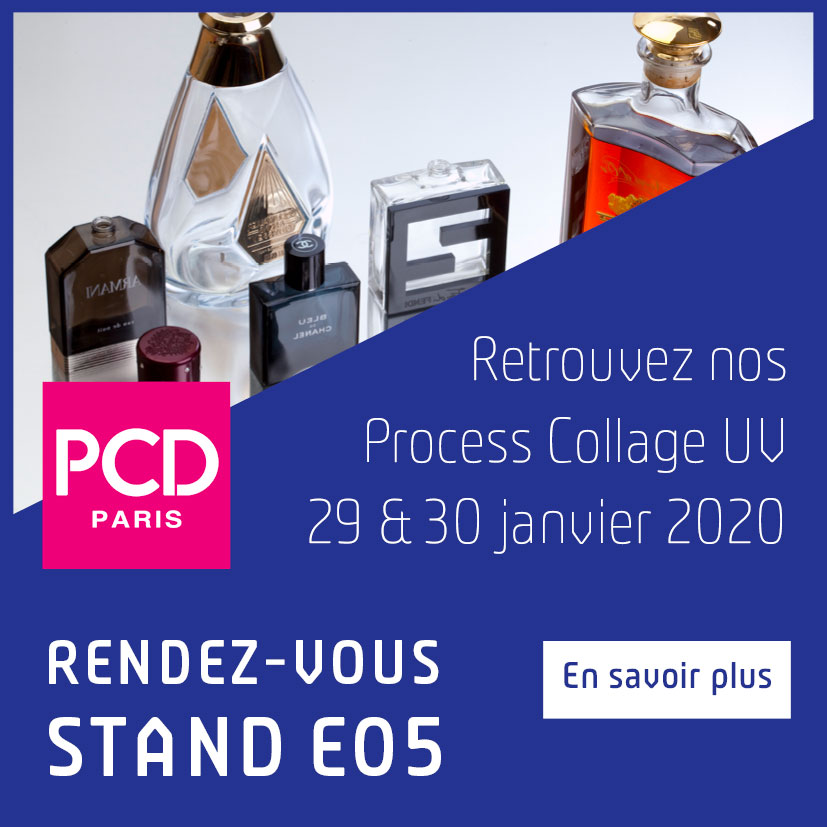UV light-sensitive adhesives
UV epoxy adhesives and resins - DELO KATIOBOND®
DELO-KATIOBOND® is an epoxy resin based adhesive which is particularly suitable for the assembly and protection of electronic components. It has proven itself in large-scale production and is also used for bonding opaque parts, in particular thanks to the pre-activation principle.
Technical data sheet

